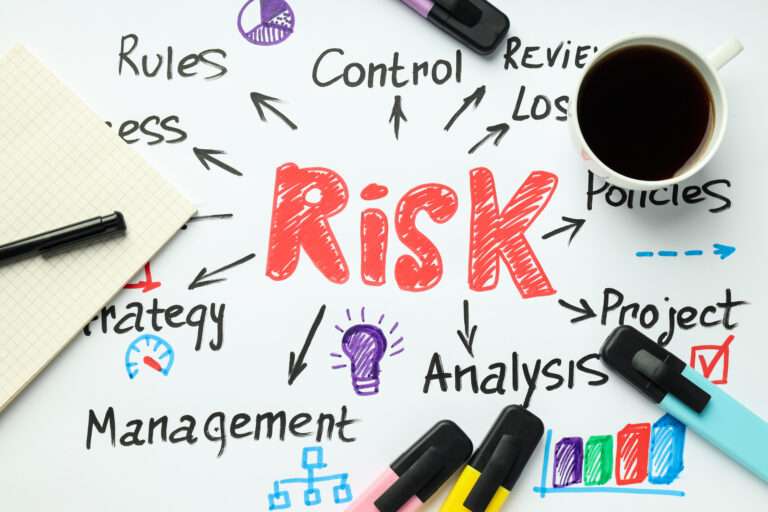
Why SPARX? As an Enterprise Architecture (EA) consultant, I am going into organizations with established
Digital transformation is no longer a way to get ahead of your competitors. It’s become a requirement to stay in the game. But for many organizations, digital transformation remains an intimidating challenge. The amount of detail required to overhaul your information technology (IT) can overwhelm even seasoned teams. A comprehensive Solution Blueprint allows for everything to be captured in a concise and structured manner. This ensures that important details of your transformation are not left out and sets you up to adapt as you go. The competitive landscape inevitably changes during an extended transformation initiative. The Solution Blueprint keeps track of why and how you did something. When things change you can easily identify which parts of your solution are affected and where they need to be tweaked.
Solution Blueprints will look very different depending on the size and complexity of the initiative. A Solution Blueprint is simply a collection of artifacts that, together, exhaustively define a future state. Which individual artifacts are included will depend on the organization’s standards. The number and type of artifacts will also increase in relation to size and complexity. However, there are common elements required for every Solution Blueprint. The following general steps and activities will guide you in creating a Solution Blueprint, no matter the situation.
Note: Security Architecture requirements are not solution-specific. These should be included as Non-Functional Requirements within applicable design artifacts. However, depending on the scope of your initiative, existing standards may not apply. In this case, there must be a parallel activity to update security standards.
At a minimum, the following architecture artifacts must be created to cover all domains. These items, as well as the areas of knowledge above, are stored within your organization’s EA Repository and intranet.
You should be reviewing portions with the relevant business and IT stakeholders as you go. You should have full stakeholder support before seeking final executive approval. You will present the Solution Blueprint to the Architecture Review Board (ARB) for approval. If you don’t have a standing ARB or another approval mechanism, you can arrange an ad hoc ARB. The ARB consists of executive decision-makers representing each domain. For example the head of the line of business, head of development, chief data officer, head of IT infrastructure, and chief information security officer. The individuals should be empowered to make a decision on behalf of corporate leadership.
Be prepared to present specific recommendations, concerns, optimal ideas, and best options. (This context should be included in its own section in the final Solution Blueprint package submitted to the ARB.) These will likely be revised and will definitely be solidified following the ARB.
After the solution is approved, representatives of each domain should be designated. These individuals or groups should raise changes to the environment that affect the approved solution. At a minimum, they should inform the architecture team and initiative steering committee. If the situation warrants major changes to the Solution Blueprint, you should consider holding a follow-on ARB.
Want to learn more about our ideas and thought leadership, please read the following. If there are any areas of interest from your organization, please feel free to reach out to us.

Why SPARX? As an Enterprise Architecture (EA) consultant, I am going into organizations with established

Bangladesh and digital banking Bangladesh is rapidly embracing digital banking, with more and more people

In an era defined by constant change and uncertainty, businesses in Bangladesh are facing an

Creating an architecture review board (ARB) software involves developing a tool that supports the review,
©2024 Sysonex. All Rights Reserved

Your form has been successfully submitted. Go to the next step to get a free Sysrisk user license.